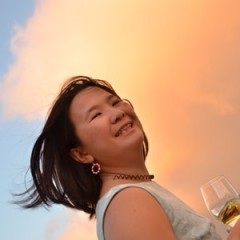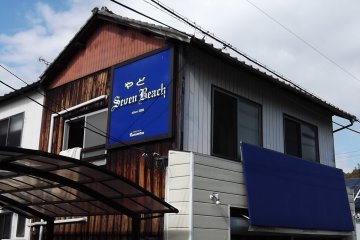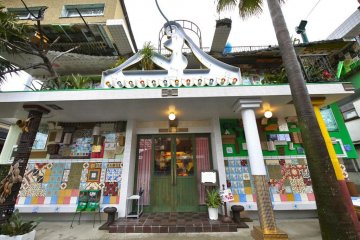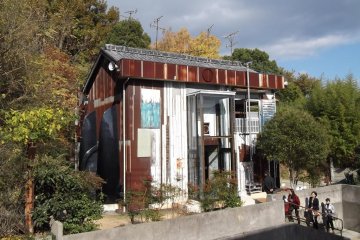Finding this little gallery in the Miyanoura area of Naoshima was challenging at first. I walked up and down the little streets, but never found it. I realized later that it was a little too early in the morning and that the gallery was not yet open. I came back again later and there it was, clear as day, awaiting my entrance to their current exhibition 'Artist at Gallery 6 2016' for the Setouchi Triennale 2016.
Unlike most of the other Setouchi Triennale exhibitions, the exhibitions here will change with each season. When I visited in the Spring, I was able to see '100 Living Tales' by Yuki Iiyama. You enter and find yourself on a wooden boardwalk, unlike the typical paths you find at viewpoints. The boardwalk is lined with different wooden placards, each with a short story written on it in Japanese and English, so foreigners can understand the stories easily.
I am glad I was able to understand the stories because they were quite captivating. Iiyama asked the residents of islands from the Okayama and Kagawa prefectures a very simple question, "Have you ever experienced anything strange or unexplainable on the island?" The feedback she received were some rather intriguing tales. Through these tales, you get a strong sense of values and culture of both the Japanese and island life, as well as the mysticism and religious beliefs of the people. With 100 different tales, there will surely be at least one that will stop you in your tracks, or perhaps send a shiver down your spine. Some of them are a little scary if you think too hard about them! One could spend a good hour or two just reading these real-life experiences and thoughts.
In the middle of the exhibition is a short film set up, where you can watch various documentaries which tell these stories in person. Storytelling as an art form has long intrigued humans. Hearing and watching it on film does make it come alive in quite a different way from imaging the stories in your head.
Miyanoura Gallery 6 itself has its own story to tell, too. Once a Pachinko parlour for local residents called Pachinko 999, it was transformed to its current form as a small art gallery by architect Taira Nishizawa.







